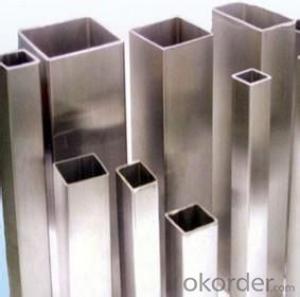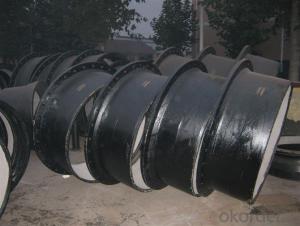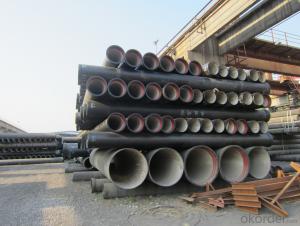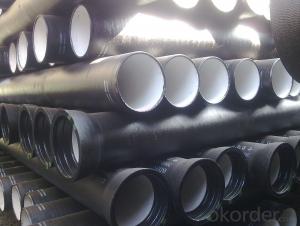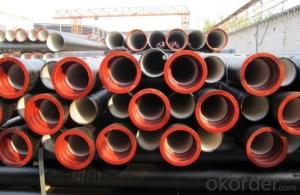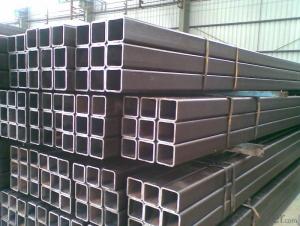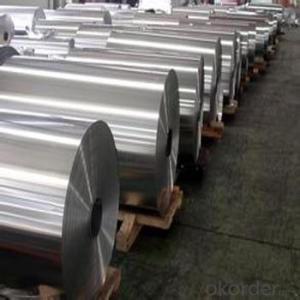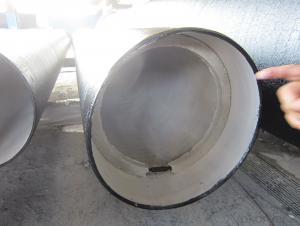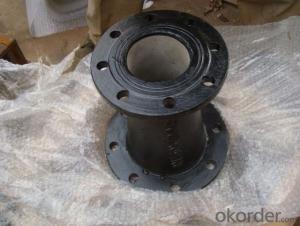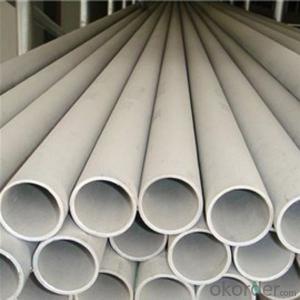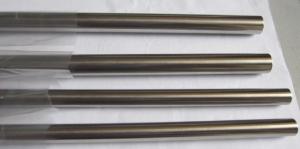Pipe Stainless
Pipe Stainless Related Searches
Flexible Steel Pipe Aluminum Pipe Stock Perforated Pvc Pipe Small Bore Plastic Pipe Bondstrand Fiberglass Pipe Pipe Insulation Wrap 18 Heavy Duty Aluminum Foil 24 Heavy Duty Aluminum Foil Heavy Gauge Aluminum Foil Heavy Duty Aluminum FoilHot Searches
Steel Mesh Panels For Sale Cheap High Tea Sets For Sale High Density Fiberboard For Sale Solar Hot Water Collectors For Sale Scaffolding For Sale In Uae Scaffolding For Sale In Ireland Scaffolding For Sale In Houston Type Of Inverter For Solar Used Solar Inverter For Sale Portable Led Signs For Sale Stone Hot Water Bottles For Sale Large Led Screens For Sale 1/4 Aluminum Plate For Sale Passive Solar Water Heater For Sale H4 Led Headlight Bulbs For Sale Air Pump For Aquarium Price Inverter Size For Solar System Solar Edge Inverter For Sale 5kw Solar Inverter For Sale Printed Solar Cells For SalePipe Stainless Supplier & Manufacturer from China
Okorder.com is a professional Pipe Stainless supplier & manufacturer, offers integrated one-stop services including real-time quoting and online cargo tracking. We are funded by CNBM Group, a Fortune 500 enterprise and the largest Pipe Stainless firm in China.Hot Products
FAQ
- Mechanical properties of stainless steel tubes
- High temperature fatigue is the process of damage to fracture due to repeated stress changes in the material at high temperature. The results show that, at a certain high temperature, the fatigue strength of the 8 power high temperature of 10 is 1/2 of the high temperature tensile strength at this temperature.
- Yes, stainless steel pipes can be used for sewage systems. Stainless steel is a highly durable and corrosion-resistant material, making it suitable for various applications, including sewage systems. Stainless steel pipes are capable of withstanding the harsh elements found in sewage, such as corrosive chemicals, high temperatures, and abrasive solids. Additionally, stainless steel pipes have a smooth surface, which minimizes the risk of clogs and blockages in the sewage system. This makes stainless steel pipes a reliable and long-lasting choice for sewage systems, ensuring efficient and effective waste disposal.
- Stainless steel pipes are primarily composed of iron, with a minimum of 10.5% chromium content. Other elements such as nickel, manganese, carbon, and small amounts of other elements are also present in varying quantities depending on the specific grade and intended application of the stainless steel.
- Yes, stainless steel pipes are suitable for offshore platforms. Stainless steel is a corrosion-resistant material that can withstand the harsh marine environment, including exposure to seawater, salt, and other corrosive agents. It offers excellent resistance to oxidation and pitting, which are common issues in offshore environments. Stainless steel pipes are widely used in offshore platforms for various applications, such as transporting fluids and gases, structural supports, and as protective barriers. They are known for their high strength, durability, and reliability, which are crucial factors in offshore operations where safety is of utmost importance. Furthermore, stainless steel pipes have low maintenance requirements, reducing the need for frequent inspections and repairs. This is particularly advantageous in offshore settings where accessibility and maintenance can be challenging due to remote locations and harsh weather conditions. In addition to its corrosion resistance, stainless steel also offers other desirable properties such as heat resistance, fire resistance, and excellent mechanical properties. These characteristics make stainless steel pipes an ideal choice for offshore platforms, where they can be exposed to high temperatures, fire hazards, and mechanical stress. Overall, stainless steel pipes provide a cost-effective and long-lasting solution for offshore platforms, ensuring the safety, reliability, and efficiency of operations in these challenging environments.
- Indeed, dairy processing equipment can utilize stainless steel pipes. Stainless steel is widely favored in the food and beverage sector owing to its remarkable resistance to corrosion, hygienic qualities, and long-lasting nature. Its exceptional ability to ward off rust, stains, and contamination renders it highly suitable for employment in dairy processing equipment, where cleanliness and food safety are of utmost importance. Furthermore, stainless steel pipes possess the capability to endure elevated temperatures and pressures, which are frequently necessary in dairy processing operations. All in all, stainless steel pipes prove to be a dependable and appropriate material for incorporation in dairy processing equipment.
- Yes, stainless steel pipes can be galvanized. Galvanization is a process in which a protective zinc coating is applied to steel or iron to prevent rusting. While stainless steel is already highly resistant to corrosion, galvanizing can provide an additional layer of protection in certain applications. However, it is important to note that galvanizing stainless steel pipes is not as common as galvanizing carbon steel pipes, as the inherent corrosion resistance of stainless steel is often sufficient for most applications. Additionally, galvanizing stainless steel can alter its appearance and may not be suitable for certain aesthetic requirements.
- Yes, stainless steel pipes are suitable for high-temperature steam. Stainless steel is known for its excellent heat and corrosion resistance, making it an ideal material for applications involving high temperatures and steam. The high chromium and nickel content in stainless steel helps it withstand the corrosive effects of steam, preventing oxidation and maintaining its structural integrity. Additionally, stainless steel pipes have high strength and durability, ensuring they can handle the pressure and stress caused by high-temperature steam. Overall, stainless steel pipes offer a reliable and long-lasting solution for transporting high-temperature steam in various industries such as power generation, chemical processing, and oil and gas.
- To determine the size of a stainless steel pipe, there are a few key factors to consider. Firstly, you need to measure the outside diameter (OD) of the pipe. This can be done using a caliper or a tape measure. Make sure to measure across the widest point of the pipe to get an accurate reading. Next, you should determine the wall thickness of the pipe. This can be measured using a caliper or a pipe gauge. The wall thickness is crucial in determining the strength and durability of the pipe. Once you have the OD and wall thickness measurements, you can proceed to calculate the nominal pipe size (NPS) or the trade size of the stainless steel pipe. This is typically denoted in inches and represents the inner diameter (ID) of the pipe. The NPS can be determined using industry standards or pipe size charts available online. It is important to note that stainless steel pipes are commonly available in a variety of schedules, which indicate the wall thickness. These schedules range from Schedule 5S (the thinnest) to Schedule XXS (the thickest). The schedule of the pipe should be considered while determining the size, as it affects the pipe's pressure rating and suitability for specific applications. In summary, determining the size of a stainless steel pipe involves measuring the outside diameter, determining the wall thickness, and calculating the nominal pipe size based on industry standards or pipe size charts.






